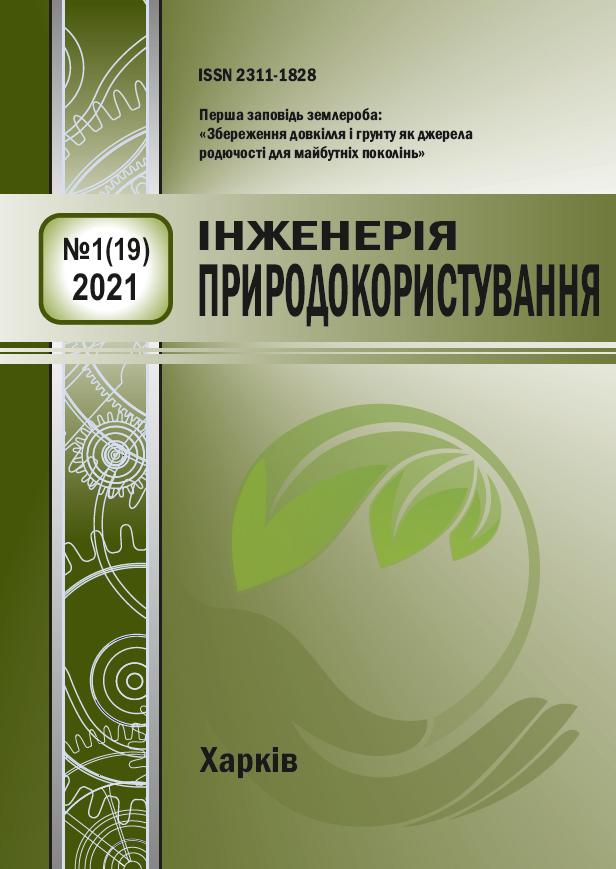Study of stress relaxation time by the structure of a lubricating filmon a friction surface with fullerene composites
Abstract
The paper presents theoretical studies of the change in the stress relaxation time in the structure of the lubricating film on the friction surface with fullerene compositions in the lubricant. The study of the structural viscosity of various liquids using rheological equations allows us to assert the need to use such an indicator as the relaxation time. When determining the values of the relaxation time in surface structures containing clusters and micelles of fullerenes, depending on the magnitudes of the acting stresses and strains, the following assumption was made. Dispersion of clusters and micelles near the friction surface (in the field of action of electrostatic forces), we take for the structure of the gel, where the forces of electrostatic interaction act between the micelles and the friction surface, which contribute to the formation of a framework of aggregates, the cavities between which are filled with a viscous liquid. In this work, the relaxation time is understood as the period of time during which, after the removal of the external influence, the stresses disappear and the deformations stop. If the duration of the action of the external force is less than the relaxation time, then the structure behaves like a rigid elastic Hooke's body. If the duration of the action of an external force on the structure is longer than the relaxation time in the structure, then the material behaves like a viscous Newtonian fluid. The dependences of the change in the stress relaxation time in the structure of the lubricating film on the friction surface were obtained theoretically, which make it possible to assert that the physical quantity, the stress relaxation time, is a measure of the transition of viscous properties to elastic and vice versa, from elastic to viscous. It was found that an increase in the sliding speed and tribological characteristics of basic lubricants reduces the stress relaxation time. Consequently, the structure of the gel on the friction surface loses the property of an elastic body and perceives the load as a viscous environment. At the same time, an increase in the load increases the relaxation time, therefore, the structure of the gel will perceive the load as an elastic body. The concentration of fullerenes in the base lubricant does not significantly affect the dynamic viscosity of the aggregates in the gel structure. It is shown that the change in the value of the internal friction of the structure of the mating materials in the structure of the tribosystem (movable and stationary triboelements) does not affect the stress relaxation time in the structure of the lubricating film on the friction surface

